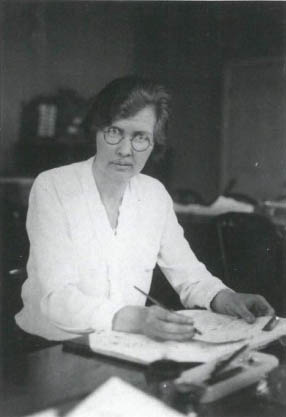As organisations grew larger and more complex, the need for greater communication and documentation transformed clerical work. The growth of modern corporations necessitated a flood of paperwork and administrative systems.
New technologies such as adding machines, Xerography and electric typewriters brought greater speed and legibility to the workplace, while rationalised work procedures transformed offices into nerve centres of business. Yet we know surprisingly little about the impact this had on the working lives of clerks.
This research provides a fresh perspective on clerical workers. It establishes an enhanced understanding of a particularly rich yet under-researched aspect of recent British social, economic, gender and business history.
Funded by an AHRC Leadership Fellowship, I worked closely with the Working-Class Movement Library (Salford) and the Bishopsgate Institute (London) on several public engagement and impact events.
We produced a free, eleven-panel public exhibition entitled ‘Office Life in Twentieth Century London’ at the Bishopgate Institute, which was then digitised for the Institute's website. You can download the Office Life exhibition booklet as a pdf.
The exhibition was accompanied by public lectures and a community learning workshop on ‘Office Girls and City Gents’ (January 2017), which enabled the public to handle and work with historical materials in creative ways, and had an online legacy in the form of the Office Life Pinterest page.
Interpreting and utilising the internationally renowned collections on clerical trade unions at the Working Class Movement Library, we created activities to connect present-day/former office workers with the historical campaigns of their forbears and raised awareness of trade union activism among non-manual workers.
This included a public lecture as part of the Library’s ‘Invisible Histories’ series (October 2016). We showcased items in the Library’s collections to public audiences in the ‘Object of the Month’ series (March 2016) and in the library’s Shelf Life magazine, which featured the Association of Women Clerks and Secretaries (AWCS).


